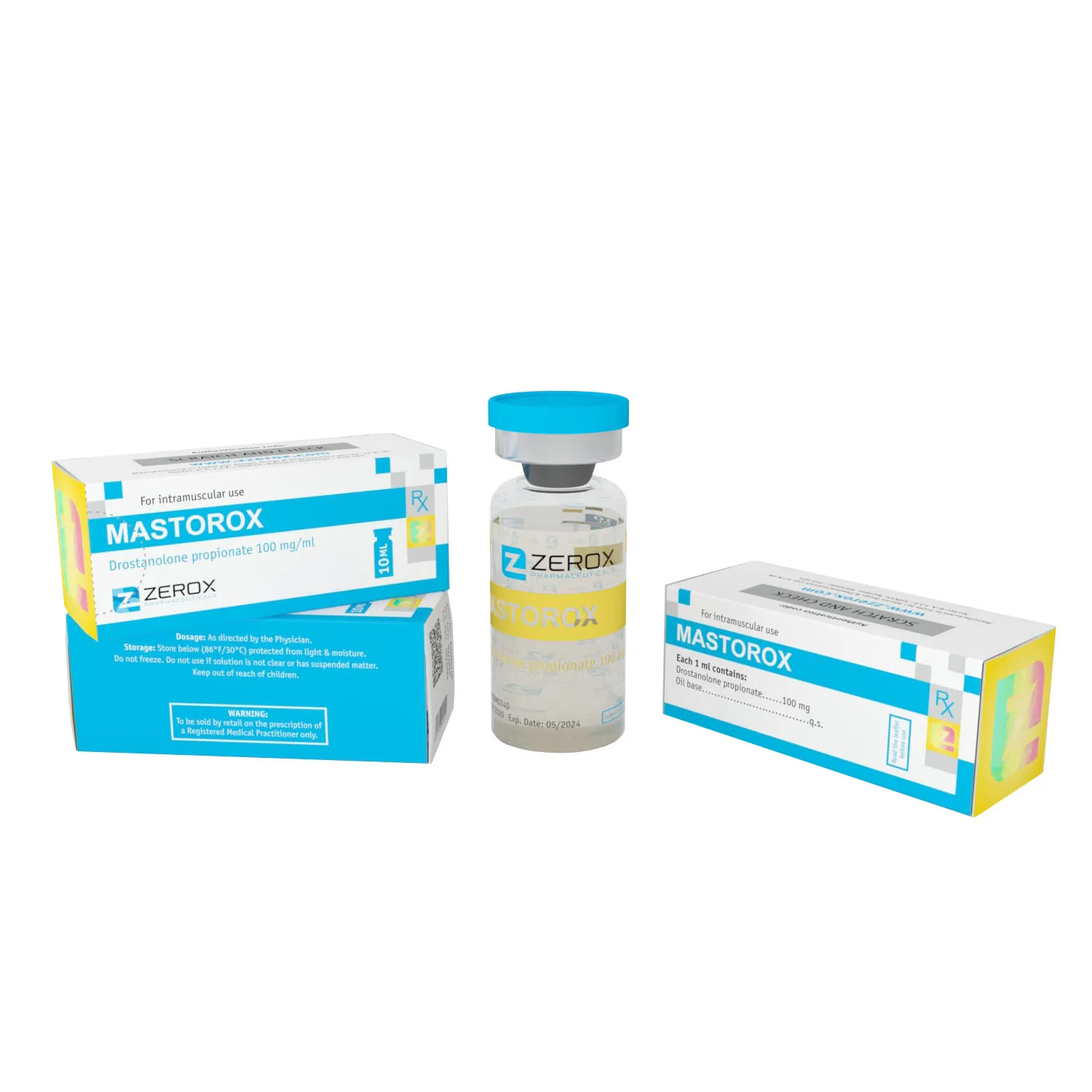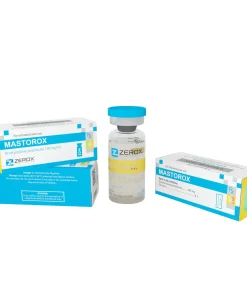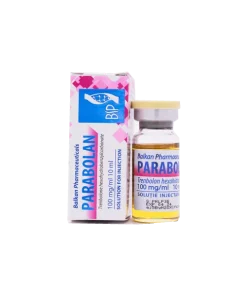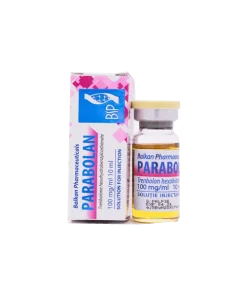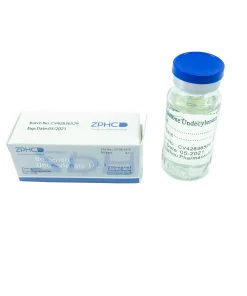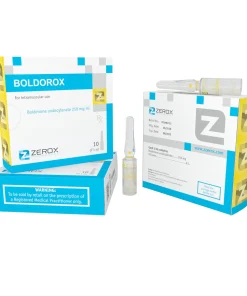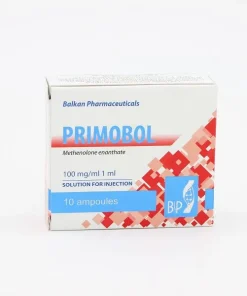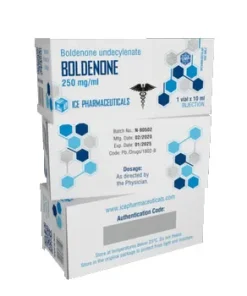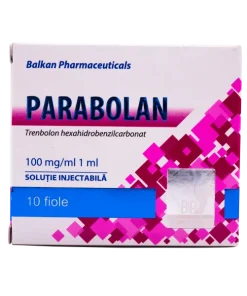Mastorox ZX 10ml
73 USD Original price was: 73 USD.62 USD Current price is: 62 USD.
Package: 1 vial (100mg/ml 10ml)
Active Substance: Drostanol Propionate
Product Name: Masterone, Drostanol, Drost , Mastorox ZX 10ml
Out of stock
Mastorox ZX 10ml
Chemical Characteristics of Masteron
The specific name for Masteron is actually Dromostanolone (Drostanolone was a slightly more abbreviated name given to the compound shortly after its release). As mentioned previously, it is a modified derivative of DHT (Dihydrotestosterone), placing it into the family of DHT-derivatives and analogues. Masteron is a modified form of DHT, where a methyl group at the 2nd carbon (known as carbon alpha) atom. This modification is what is known to be responsible for the slight anabolic strength increase in comparison to Testosterone. This methyl group addition increases the anabolic strength by way of granting Masteron an increased resistance to being metabolized into inactive metabolites by the enzyme 3-hydroxysteroid dehydrogenase. This enzyme is present in large quantities in muscle tissue, and is the enzyme that serves to metabolize any DHT that enters muscle tissue into two inactive metabolites: 3-Alpha Androstanediol and 3-Beta Androstanediol that are non-anabolic what so ever in muscle tissue. This is therefore the reason as to why DHT is not anabolic in muscle tissue at all, and many chemists and biologists believe that if the enzyme 3-hydroxysteroid dehydrogenase did not exist in muscle tissue, that DHT would actually be a very potent and powerful anabolic steroid.
In any case, Masteron’s methyl group addition to alpha carbon 2 effectively eliminates its ability to be metabolized by this enzyme.
There exist two different variants of Masteron: Drostanolone Propionate, and Drostanolone Enanthate. The most popular variant is the Propionate variant, followed in popularity by the Enanthate variant. The explanation here will use Drostanolone Propionate as the example. Specifically, ‘Propionate’ is Propanoic acid, but once bound to Masteron it is properly referred to in chemistry as an ester bond (or ester linkage). Propanoic acid is bonded to the 17-beta hydroxyl group on the Drostanolone (Masteron) chemical structure. The addition of this ester modifies the hormone’s half-life and release rate, providing a much longer extended release and half-life than if the hormone was not esterified. The primary reason for the augmentation of its half-life and release rate is because once Drostanolone Propionate enters the bloodstream, enzymes in the body will break the bond between the ester and the hormone, which takes varying amounts of time (the time taken for the bonds to be broken is dependent on the size of the ester – the longer and larger it is, the longer it will take). The end result is that the ester is removed from the hormone by enzymes, and what is left is pure Masteron (or any anabolic steroid that was previously esterified) that is now free to do its work in the body. This process of enzymes cleaving off the ester from the Testosterone molecule is what is responsible for the slower release rates and extended half-lives.
Masteron Side Effects
Masteron is regarded by the bodybuilding community as being one of the ‘mild’ anabolic steroids when it comes to side effects. This is due in large part to the fact that Masteron is a DHT-derivative. Having been derived from DHT, it therefore possesses all of the same (or similar) attributes and features that DHT does. This includes the inability to interact with the aromatase enzyme, and therefore be completely void of any Estrogen-related side effects.
As previously mentioned, Masteron is totally void of any estrogenic side effects by virtue of the fact that it is a DHT-derivative. Not only does it completely avoid aromatization (conversion into Estrogen), evidence suggests that it behaves as a mild aromatase inhibitor as well. Side effects resultant of Estrogen buildup (such as water retention, bloating, fat retention and gain, and the development of gynecomastia) are completely avoided or reduced with the use of Masteron.
Though Masteron holds a weaker androgenic strength rating than Testosterone itself, androgenic side effects are still indeed possible with this compound, especially among those who may be particularly sensitive. Masteron side effects that include androgenic side effects include: an increase in oily skin (as a result of increased sebum production/secretion), increased facial hair and bodily hair growth, as well as the increased risk of triggering MPB (Male Pattern Baldness) in those that are genetically sensitive or predisposed to it. Virilization (the development of male characteristics in women) is also a risk with female use, though its use in female breast cancer patients should attest to its acceptable nature as a female-use compound.
Masteron side effects in particular include greater negative impacts on cholesterol and the cardiovascular system than some other compounds. This is largely due to Masteron’s anti-estrogenic capabilities in the body. Its ability to reduce serum levels of Estrogen results in measurable reductions in HDL (‘good’) cholesterol, and increases LDL (‘bad’) cholesterol[4].
Masteron exhibits no hepatotoxicity (liver toxicity), but like any anabolic steroid, it does contribute to suppression/shutdown of the HPTA, thereby reducing endogenous production of Testosterone.
Masteron Dosages and Administration
Within the medical arena, Masteron was utilized in the treatment of female breast cancer patients. Towards this end, prescription guidelines for Masteron dosages would call for 100mg three times per week, for a grand total of 300mg/week. The duration of this treatment was recommended to be 8 weeks at a minimum. By the 8 – 12-week mark, the physician would provide an assessment of the patient and their progress, and based upon the progress and the prognosis, Masteron may be utilized indefinitely in the treatment of the cancer. It is worth noting that 300mg/week, in retrospect, is far too much for female use and was even admitted somewhat by the medical establishment due to the observation of virilization becoming a frequent issue among patients. Female athletes and bodybuilders would find 50 – 100mg per week a safe and acceptable dosage.
For athletic and bodybuilding purposes for male users, Masteron dosages are in the range of 200 – 400mg per week, and the lower end of this range (200mg) is commonly utilized for pre-contest preparation and cycles. Because of the specialization of Masteron being an aesthetic physique enhancing compound, intermediate and even advanced users tend not to venture higher than the 400mg/week mark. It must be remembered that Masteron is a weak compound where the addition of strength, mass, and muscle is concerned, and there are more effective (and cheaper) compounds for this purpose.
Brand
Zerox Pharmaceuticals
Related products
Injectable Steroids
Injectable Steroids
Injectable Steroids
Injectable Steroids
Injectable Steroids
Injectable Steroids
Injectable Steroids
Injectable Steroids

